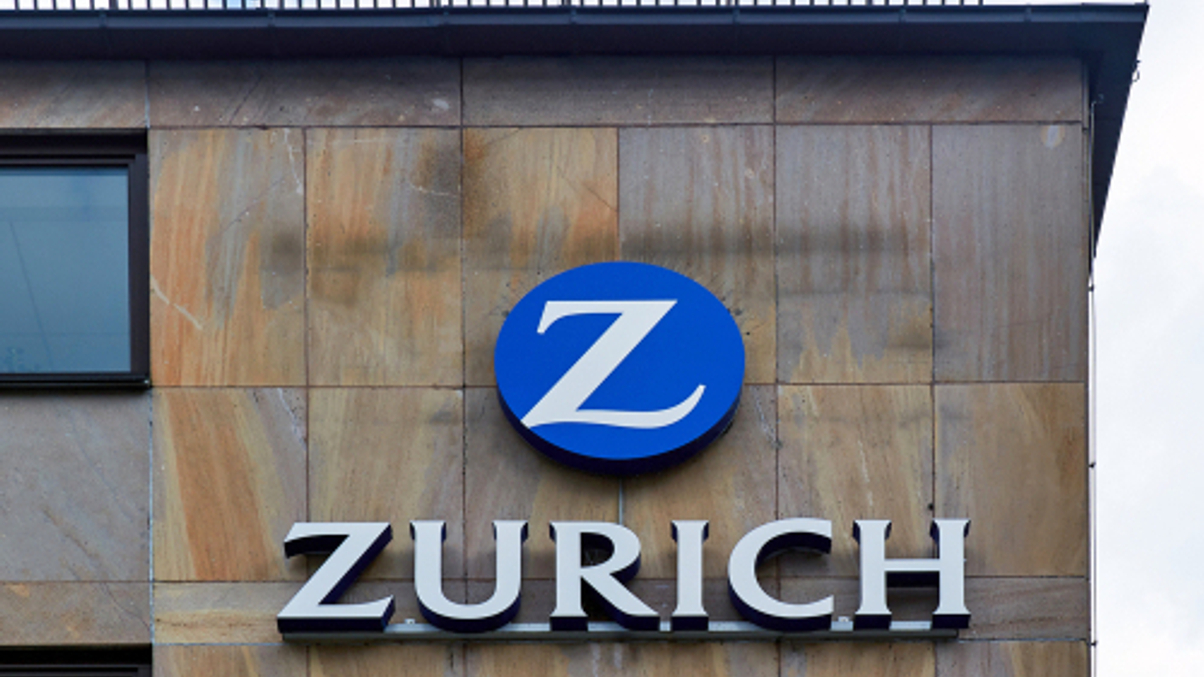Zurich’s HK, Singapore units to enter private debt
The Swiss insurer's Hong Kong and Singapore businesses are looking to buy illiquid alternatives for the first time, despite the relatively meagre returns on offer.

Zurich’s Hong Kong and Singapore businesses are set to make their first investments into private markets this year, most likely initially into direct lending, one of its senior executives has told AsianInvestor.
Sign In to Your Account
Access Exclusive AsianInvestor Content!
Please sign in to your subscription to unlock full access to our premium AI resources.
Free Registration & 7-Day Trial
Register now to enjoy a 7-day free trial—no registration fees required. Click the link to get started.
Note: This free trial is a one-time offer.
¬ Haymarket Media Limited. All rights reserved.


